Twisty Baby Locust Care: How To Grow A Twisty Baby Locust Tree
If you’re looking for a dwarf tree with year-round interest, try growing a black locust ‘Twisty Baby’ tree. The following information discusses ‘Twisty Baby’ locust care regarding growing and when to prune these trees.
What is a ‘Twisty Baby’ Locust Tree?
Black locust ‘Twisty Baby’ (Robinia pseudoacacia ‘Twisty Baby’) is a deciduous, multi-stemmed shrub to small tree that grows to about 8 to 10 feet (2-3 m.) in height. Twisty Baby locust tree has a unique contorted form that lives up to its name.
Additional Twisty Baby Information
This black locust variety was patented in 1996 with the cultivar name of ‘Lady Lace’ but trademarked and sold under the name of ‘Twisty Baby.’ The slightly spined lower branches are covered in dark green leaves that curl as they mature.
In the fall, the foliage turns a brilliant yellow hue. With optimal growing conditions, Twisty Baby locust tree produces aromatic white flower clusters in spring that give way to the typical black locust species seed pods.
Due to its smaller size, Twisty Baby locust is an excellent patio specimen or container grown tree.
Twisty Baby Locust Care
Twisty Baby locust trees are easily transplanted and tolerate a variety of conditions. They are tolerant of salt, heat pollution, and most soil including dry and sandy soils. A tough tree this locust might be, but it is still susceptible to a number of pests such as locust borers and leaf miners.
Twisty Baby locust can become a bit unkempt looking at times. Prune the tree annually in late summer to shape the tree and encourage the contorted growth.
Gardening tips, videos, info and more delivered right to your inbox!
Sign up for the Gardening Know How newsletter today and receive a free copy of our e-book "How to Grow Delicious Tomatoes".

Amy Grant has been gardening for 30 years and writing for 15. A professional chef and caterer, Amy's area of expertise is culinary gardening.
-
 Types Of Tomatoes Explained: Explore The Many Wonderful Shapes, Colors, Flavors, & Best Uses
Types Of Tomatoes Explained: Explore The Many Wonderful Shapes, Colors, Flavors, & Best UsesThe world of tomato varieties is vast and fascinating. Learn about the key types to grow in your garden, tailored to your preferences and space.
By Amy Grant
-
 Try The Trend – Turn Any Bed Into A Keyhole Garden With This Clever In-Ground Composter
Try The Trend – Turn Any Bed Into A Keyhole Garden With This Clever In-Ground ComposterKeyhole gardening is an efficient and sustainable practice that saves space. Get started on this DIY project quickly and easily with an in-ground composter.
By Bonnie L. Grant
-
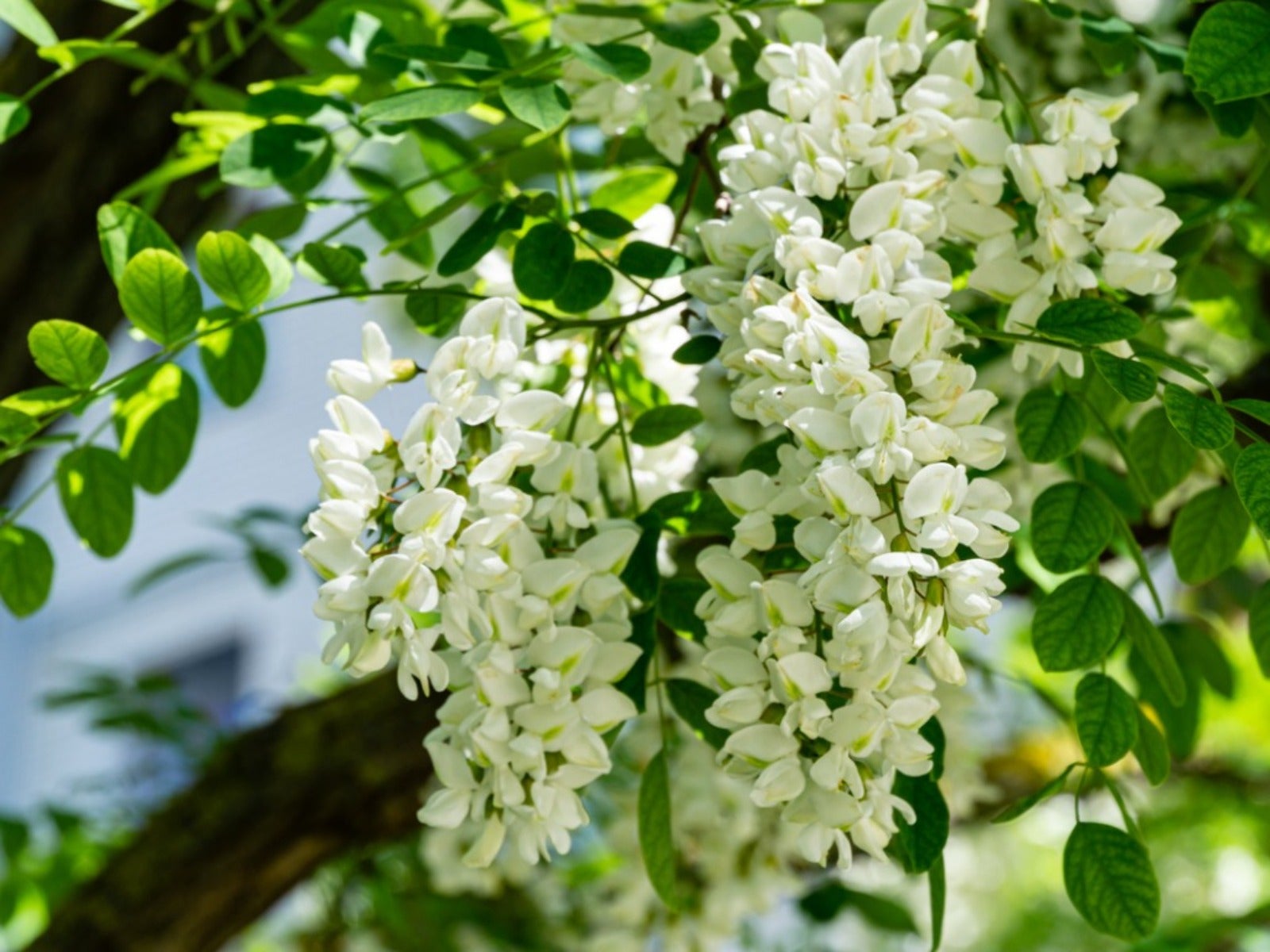 Are Black Locust Trees Invasive Even Though They’re Native?
Are Black Locust Trees Invasive Even Though They’re Native?Is the black locust tree a stunning ornamental or an extremely invasive undesirable? Read on for the curious answer.
By Teo Spengler
-
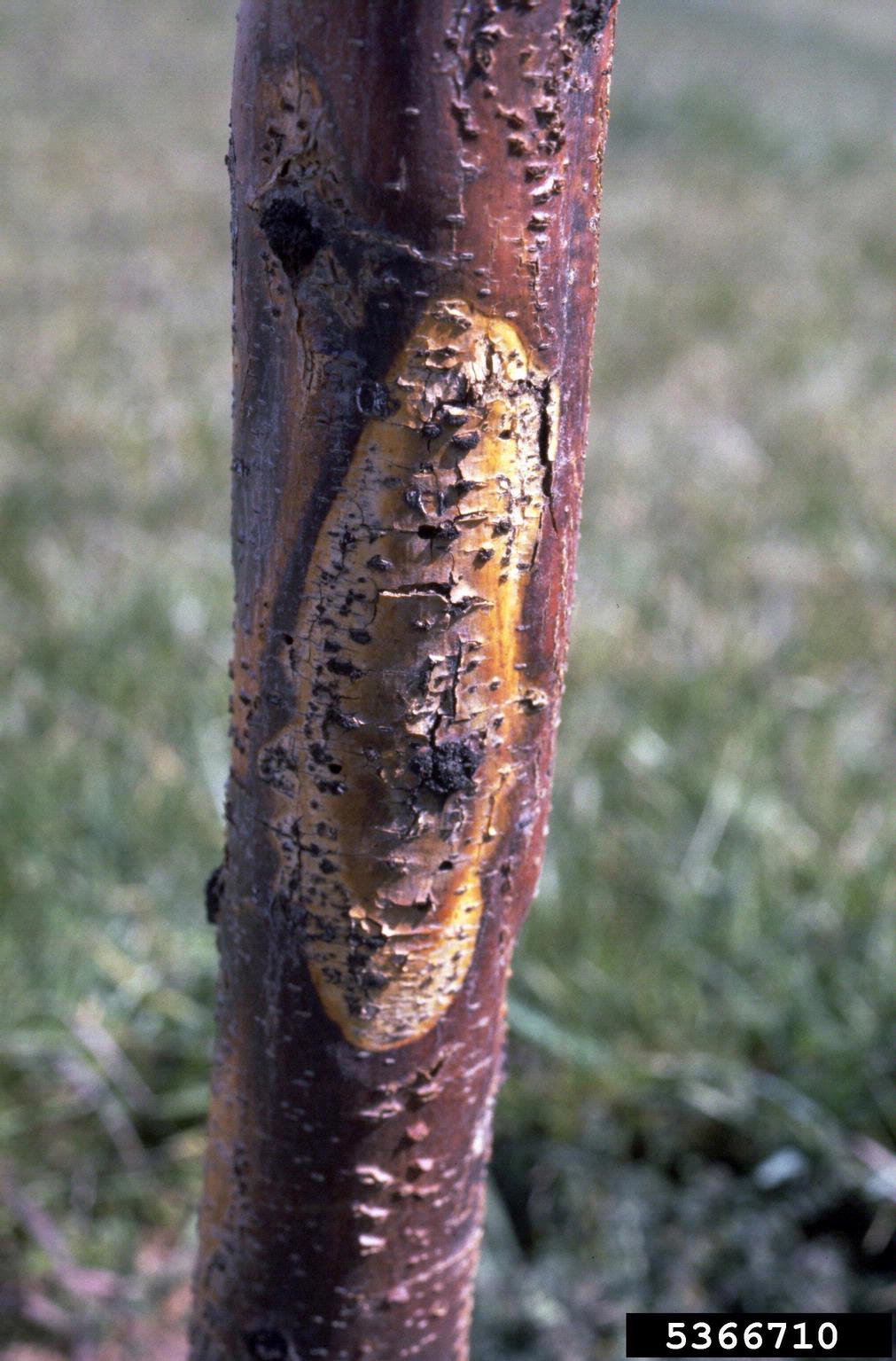 What Is Thyronectria Canker – Learn About Thyronectria Canker Treatment
What Is Thyronectria Canker – Learn About Thyronectria Canker TreatmentBecoming more familiar with potential diseases that may impact or diminish tree health is one way to accomplish this. Thyronectria canker on honey locusts, for instance, is an infection that can cause undue plant stress and decline. You can learn more about it here.
By Tonya Barnett
-
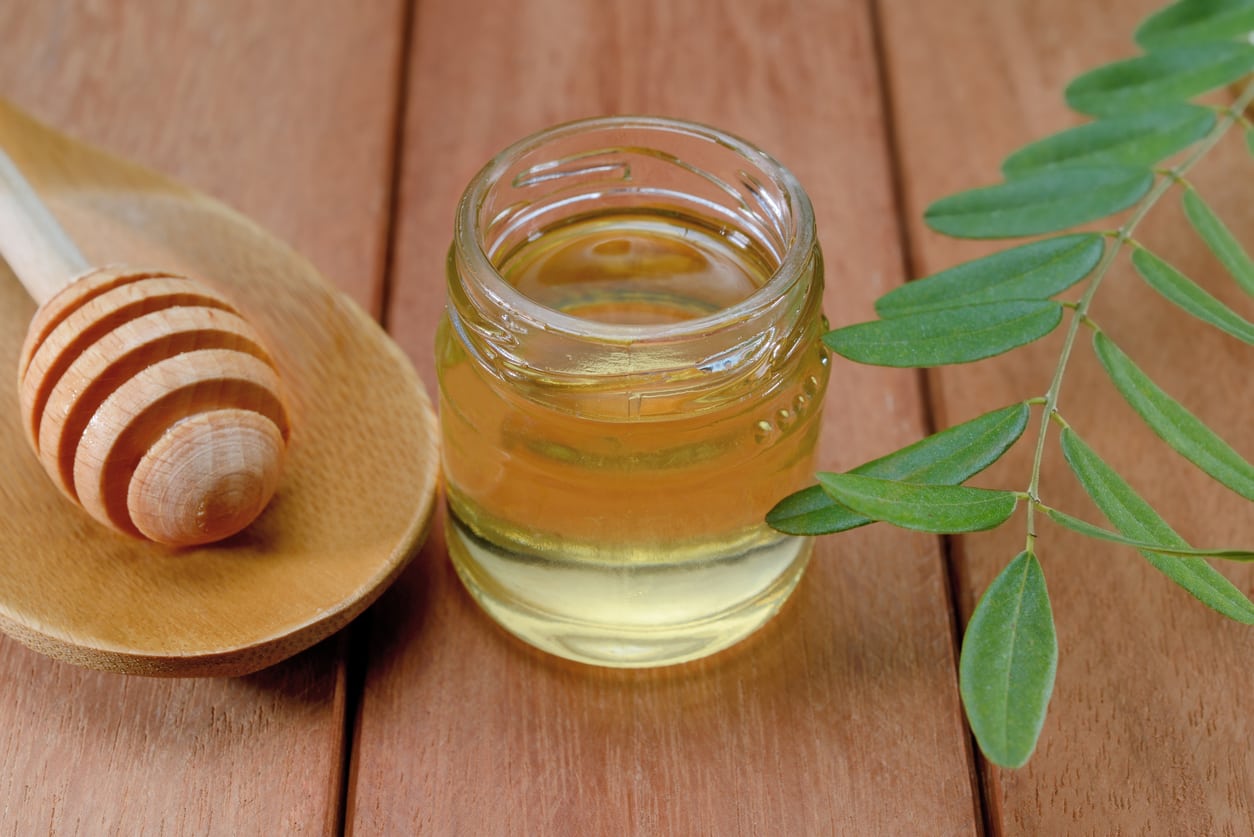 What Is Acacia Honey: Learn About Acacia Honey Uses And Benefits
What Is Acacia Honey: Learn About Acacia Honey Uses And BenefitsWhere does acacia honey come from? Maybe not where you think it does. Click this article to find out the answers to these questions, as well as acacia honey uses and more fascinating acacia honey information.
By Amy Grant
-
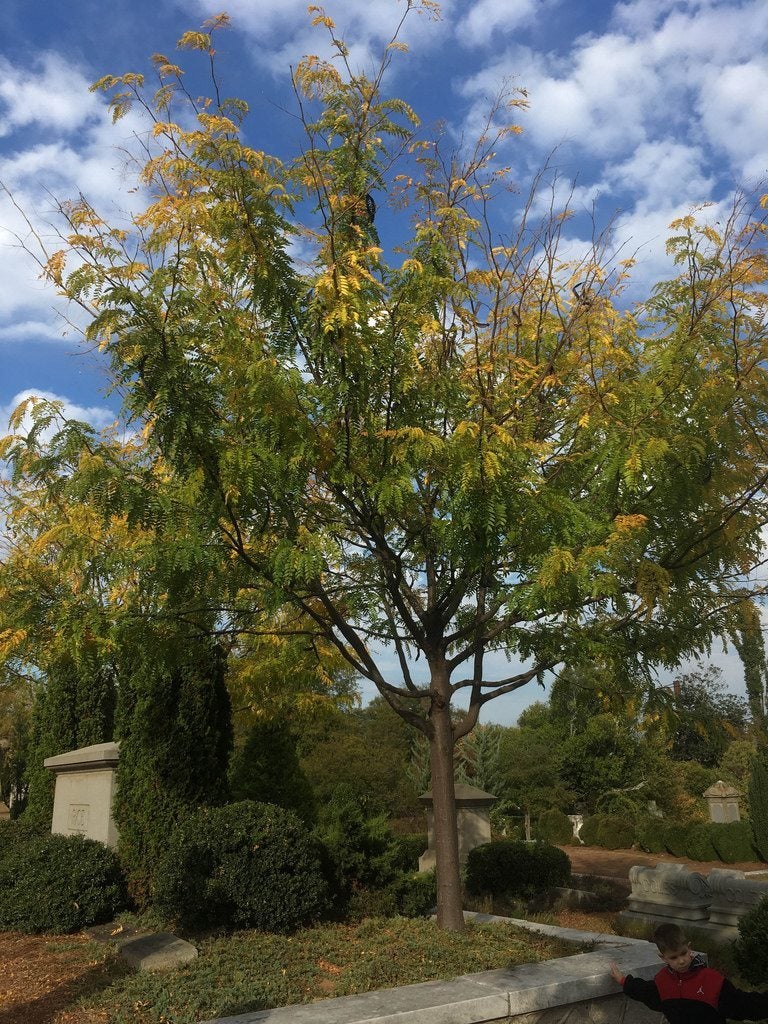 Skyline Honey Locust Care: Learn How To Grow A Skyline Locust Tree
Skyline Honey Locust Care: Learn How To Grow A Skyline Locust TreeUnlike other honey locust varieties, Skyline is thornless. These thornless honey locusts are great additions to the landscape as a shade tree. Interested in growing Skyline honey locusts? Click on this article to find out how to grow a Skyline locust tree.
By Amy Grant
-
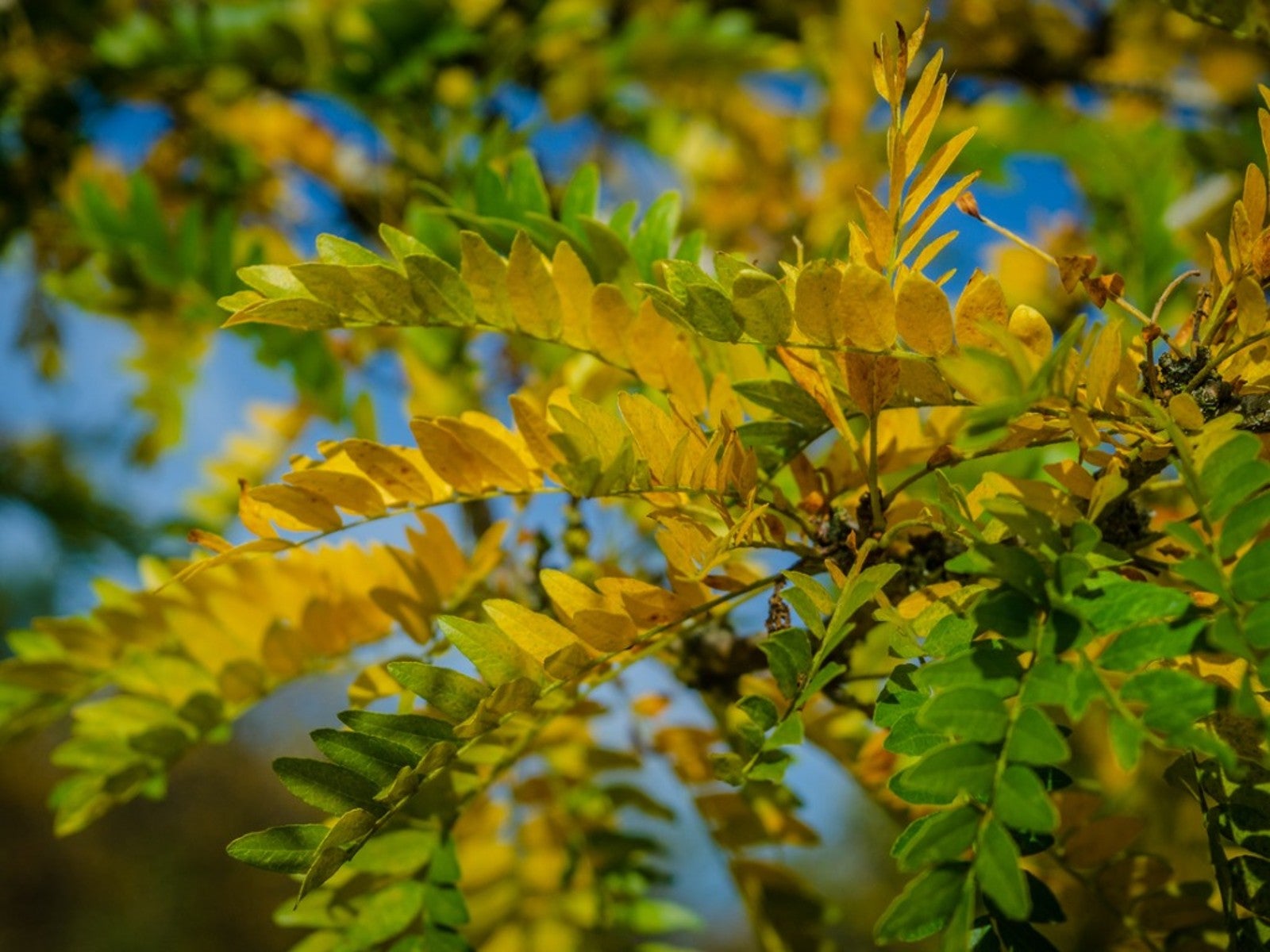 Honey Locust Information – How To Grow A Honey Locust Tree
Honey Locust Information – How To Grow A Honey Locust TreeHoney locust is a popular deciduous landscaping tree, especially in cities, used for shade and the small leaves don't need to be collected in the fall. A little bit of honey locust information is all you need to start growing this tree in your yard. This article will help with that.
By Mary Ellen Ellis
-
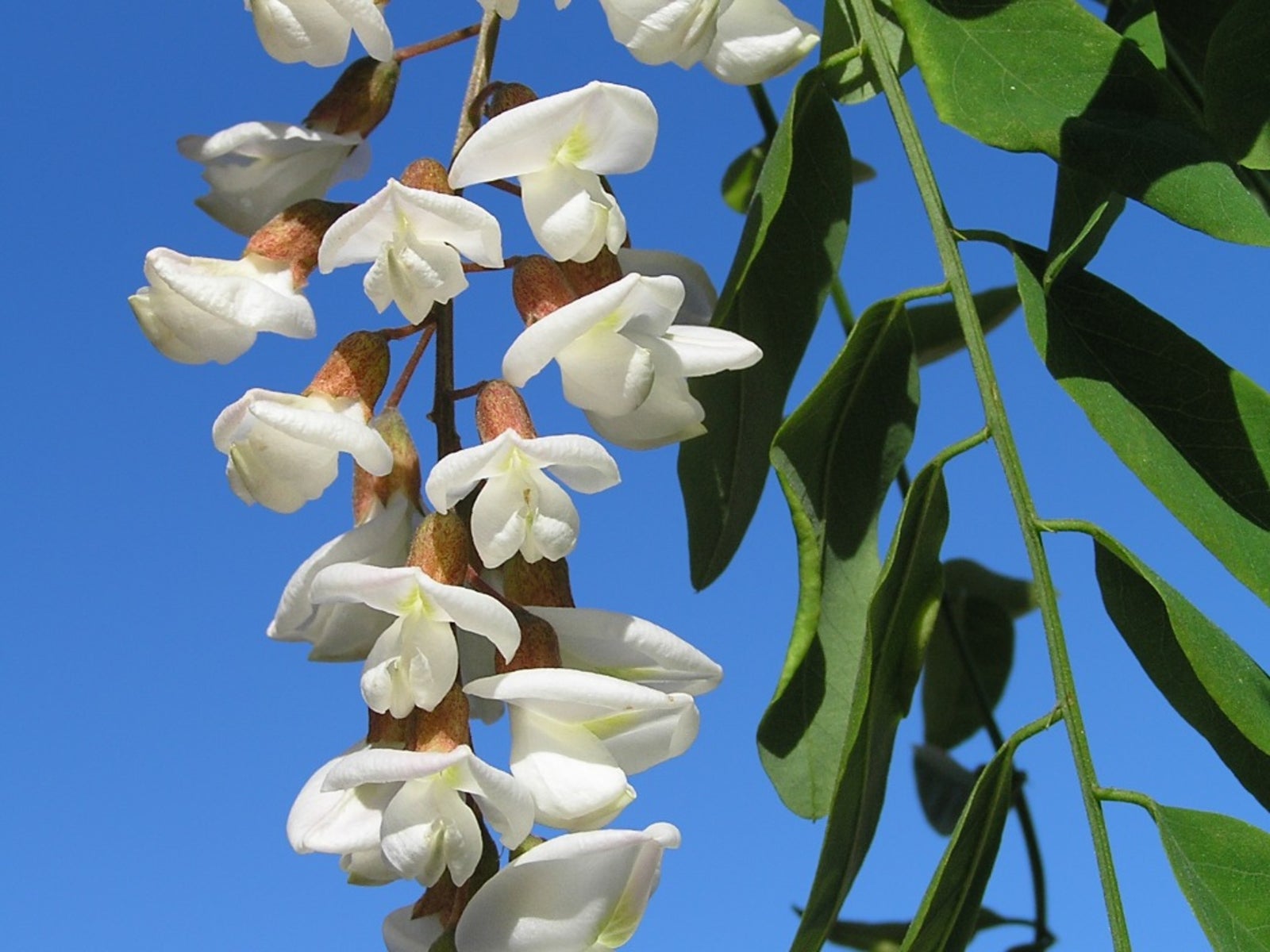 Black Locust Trees For Landscaping: Tips On Growing Black Locust Trees
Black Locust Trees For Landscaping: Tips On Growing Black Locust TreesBlack locust trees are at their best in late spring. Growing black locust trees is easy, but they can become weedy if you aren't diligent about removing suckers. Read here for more black locust information.
By Jackie Carroll
-
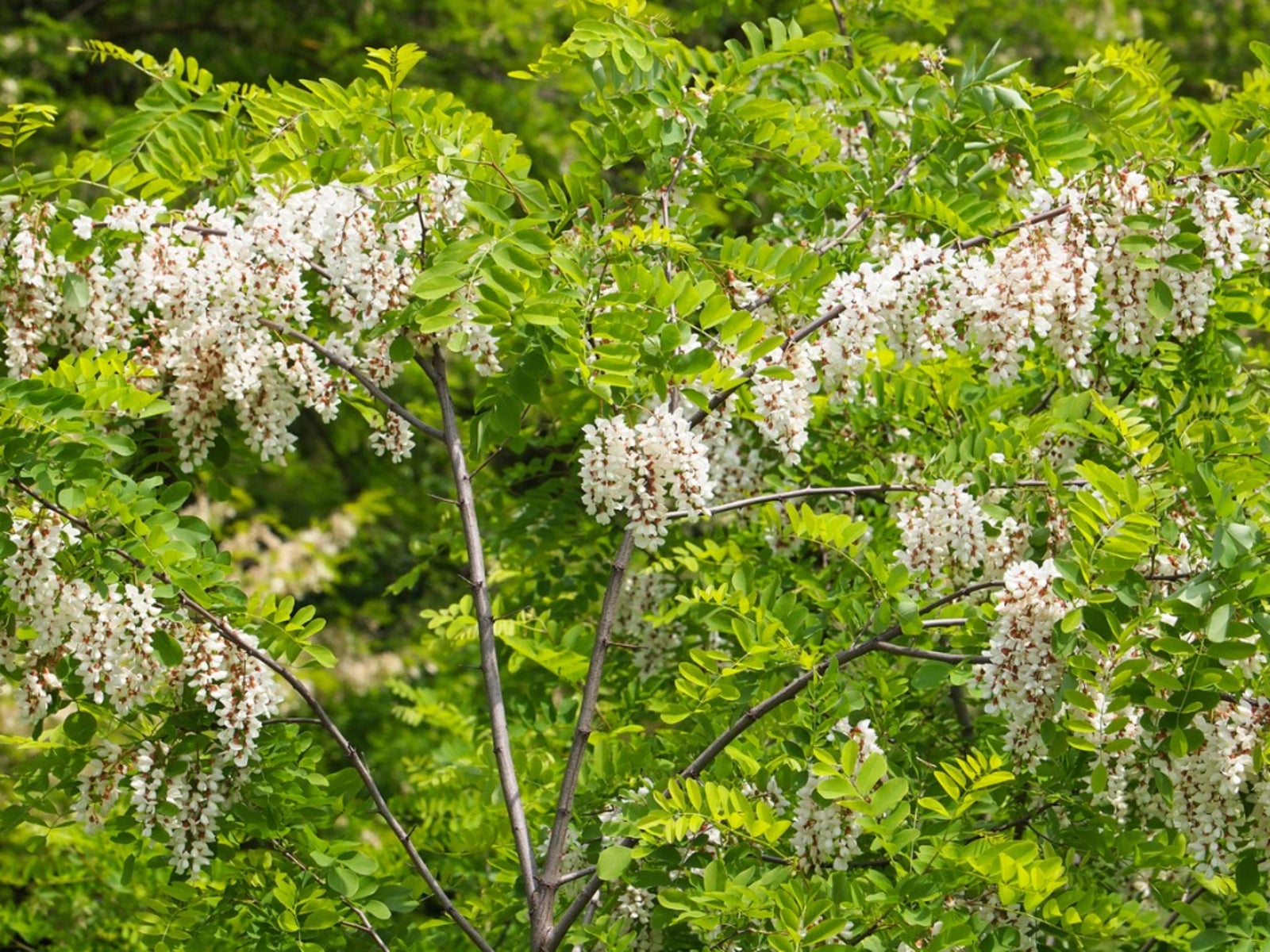 Locust Tree Information - Types Of Locust Trees For The Landscape
Locust Tree Information - Types Of Locust Trees For The LandscapeLocust trees produce large clusters of pea-like flowers that bloom in spring followed by long pods. Growing locust trees is easy and they adapt well to lawn and street conditions. Learn more here.
By Jackie Carroll